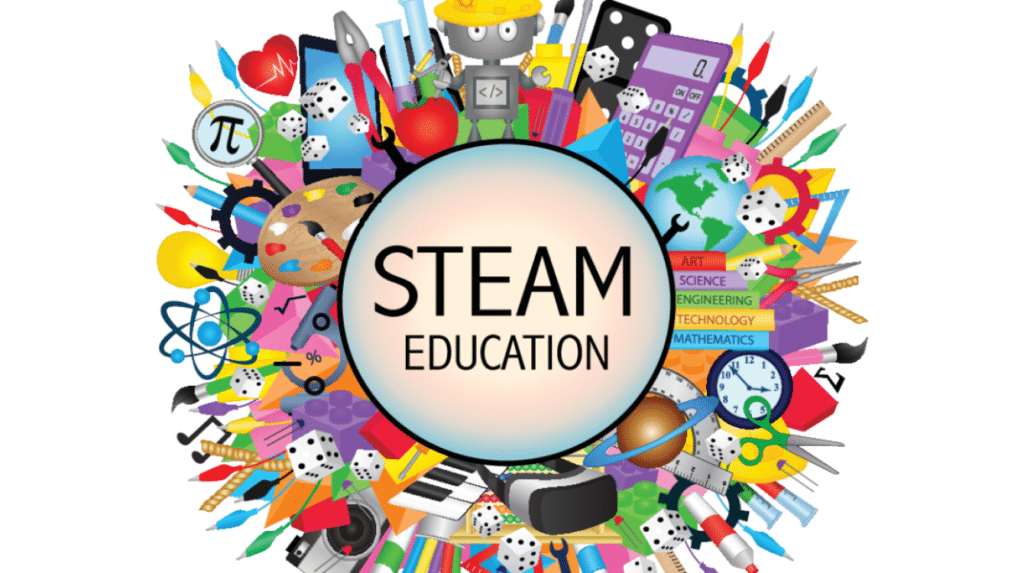Innovations in STEM education

In the rapidly evolving SEO digital landscape, advancements in STEM (Science, Technology, Engineering, Mathematics) education are revolutionizing how students learn and engage with these crucial fields. This post explores the forefront of this transformation, highlighting innovative approaches and methodologies that promise to redefine STEM learning for future generations.
From leveraging cutting-edge technologies to bridging disparities, we delve into the changes revolutionizing classrooms and educational spaces worldwide, offering a glimpse into a future where STEM education is more accessible, engaging, and effective than ever before.
Engaging Students in STEM Through Innovative Technologies
Technological integration into STEM education has opened new avenues for student engagement and understanding. Interactive platforms and virtual reality (VR) environments offer immersive learning experiences, making complex concepts more graspable and stimulating interest in these fields from an early age.
Digital tools and resources not only enhance learning outcomes but also prepare students for a future where technological proficiency is paramount. By incorporating these innovations, educators can create more inclusive and dynamic learning environments that cater to diverse learning styles and needs.
Moreover, technology fosters collaboration and creativity, essential skills in the STEM arenas. Students learn to work together on projects, solve problems collectively, and think outside the box, skills that are indispensable in the real world.
Engaging students in STEM through technology
The Intersection of STEM Education and the Digital Age
The advent of the digital age has significantly influenced the direction of STEM education, making it more relevant and critical than ever. As we navigate the nuances of the SEO digital landscape, understanding and leveraging this intersection becomes crucial for educators and students alike.
With an increasing emphasis on digital literacy, STEM curricula are evolving to include coding, data analytics, and cybersecurity, preparing students for the challenges and opportunities of the digital economy.
This shift not only equips students with the necessary skills for future careers but also emphasizes the importance of adaptability and continuous learning in an ever-changing world.
The future of STEM education and its importance
Bridging Gaps and Expanding Horizons in STEM
One of the most transformative aspects of modern STEM education is its potential to bridge historical gaps, including gender disparities and accessibility issues. Initiatives aimed at encouraging more girls and underrepresented minorities to pursue STEM careers are gaining momentum, enriched by inclusive educational practices and community support.
Such efforts not only work towards a more equitable STEM landscape but also enrich the fields with diverse perspectives and ideas, driving innovation and progress.
Accessibility is also a forefront concern, with educators leveraging technology to reach learners in remote or underserved areas, democratizing STEM education and opening up new opportunities for countless students.
Bridging the gender gap in STEM fields
The Role of Educators in Shaping Future STEM Leaders
Educators play a pivotal role in this educational evolution, acting as facilitators, mentors, and inspirations to young minds. By embracing new teaching methods and technologies, they can ignite passions and reveal the vast possibilities within the STEM fields.
Professional development and continuous learning are vital for teachers to stay abreast of advancements in both their subject areas and pedagogical strategies, ensuring they can offer the most impactful and up-to-date education to their students.
Moreover, by fostering a culture of curiosity, resilience, and critical thinking, educators can help nurture the next generation of innovators and problem-solvers, ready to tackle the challenges of tomorrow.
Conclusion
In conclusion, the landscape of STEM education is undergoing a transformative shift, driven by technological advancements, an evolving digital economy, and a commitment to inclusivity and accessibility. As we look towards the future, the ongoing innovation in how STEM subjects are taught and learned promises to not only enhance educational outcomes but also prepare students for the complexities of the modern world. By fostering an environment that values creativity, collaboration, and critical thinking, we can inspire a diverse new generation of STEM leaders poised to make meaningful contributions to society.

Related